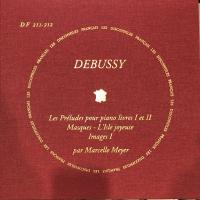I have several ERC releases. It seems the edition sizes are shrinking and price rising.
Nothing wrong with that, but 99 copies at 600 USD a pop is getting to be a perilous edition size.
Weren't most releases issued at about 300 copies?
I love my Coltrane, Evans, and other ERC pressings, but I worry about long term sustainability with this trend.
Not a criticism, more of a 'concern.'









